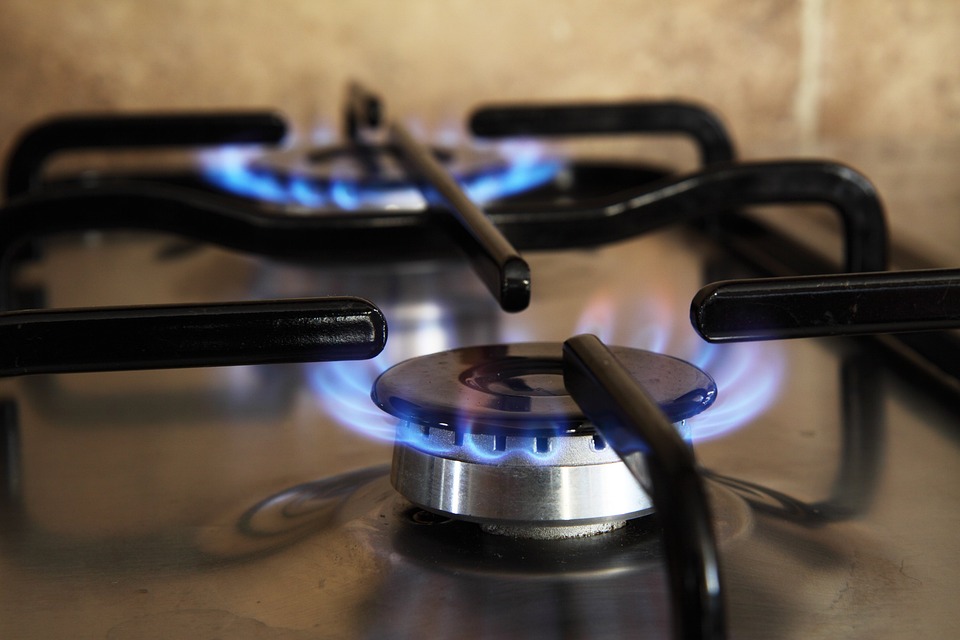With energy bills on the rise, you may wish to look towards home fireplaces and stoves to heat your space more efficiently. These fires can make a cosy addition to your living room, providing extra winter warmth as well as a boost to your indoor ambience.
But like any heat source that primarily runs on finite fuel resources, these fires can come at a cost to the environment. Depending on the model of fireplace or stove, as well as the kind of fuel you are burning, your fire could be having a negative impact on the planet.
A new wave of environmental policy commitments in the UK could see a huge increase in the popularity of environmentally friendly stoves, where new regulations have reduced the quantity of smoke new stoves can produce from 5g to 3g in specified areas. These new rules are designed to encourage households to invest in clean fuel alternatives, where eco-friendly stove models will be certified with an official sustainability sticker to indicate they meet these new standards.
Each fuel or stove option presents different benefits and drawbacks from a sustainability perspective. Peruse this guide for a comprehensive overview of various stove and fuel types, to gain an insight into which fire will make the most eco-friendly option for your home.
Open Fireplaces vs Stoves
Open fireplaces are your traditional fire option, featuring a hearth and surrounds typically made from granite, iron or marble. They create a large fire that can make a statement in a spacious room. The more modern option would be an indoor stove. This is a smaller, enclosed fire option usually made of steel or cast iron with a reinforced glass door attachment.
Stoves are a more efficient fire option for your home, where they release more heat whilst using less fuel. They also release less harmful emissions than an open fireplace. This is because open fires burn fuel at a lower temperature, meaning the combustion process is less complete than in a stove. The high temperatures of the smaller stove fire mean that combustion is fuller, and therefore cleaner and more efficient overall.
Stoves also provide an excellent option if your room does not already have a fireplace, where you can easily install a free-standing design. If you do have a fireplace shell to fill, you can choose to install an insert stove, which is designed to fit flush in the existing space, providing a stove option that is generally more energy efficient than the free-standing version.
Stove Fuels & Sustainability
Inset or freestanding stoves can burn a range of fuels, where each is built for a specific fuel type. Each varies in its environmental impact, where some are much greener than others – here’s an overview of the different options:
Coal
Coal stove fires emit a greater quantity of carbon emissions than most other fuel options, alongside other polluting particles and sulphur dioxide fumes. Coal ash also can’t be used for composting as it is harmful for the soil, meaning your fire waste has to be added to landfill. This makes coal the least sustainable option overall.
Wood
Wood fires are generally more environmentally friendly than coal. If you’re using local logs then this fuel is roughly carbon neutral, where burning the logs only releases emissions that are already part of the carbon cycle.
It is always best to buy logs from a reputable source to avoid the environmental impacts of unsustainable forestry. A sustainable log source will be committed to thinning woodlands strategically whilst also sponsoring replanting endeavours. These sources should harvest wood from a range of tree species in order to avoid hampering biodiversity, whilst some loggers will only stock logs for burning that have been rejected from the furniture industry. This kind of waste management avoids overconsumption, allowing wood-burning stoves to become an eco-friendly option.
Gas
Gas fires tend to be cheaper and more energy efficient than wood alternatives, where the heat is contained by a glass panel which is then radiated outwards into your room. But these stoves also release harmful gases, even when working correctly. A gas stove can emit carbon monoxide and methane gases that can cause health problems and are environmentally harmful. Like a wood or coal fire, this stove option necessitates a chimney to allow for waste air to escape, which comes with a range of additional maintenance costs.
Electric
Electric stoves are generally better for the environment than gas or coal alternatives, and present a clean fire alternative that doesn’t release harmful emissions into your home or the atmosphere. They can be fitted in homes without a chimney and are relatively cheap to maintain. As renewable energy options become more efficient, they could contribute to powering electric fireplaces and stoves, making this a highly sustainable option.


